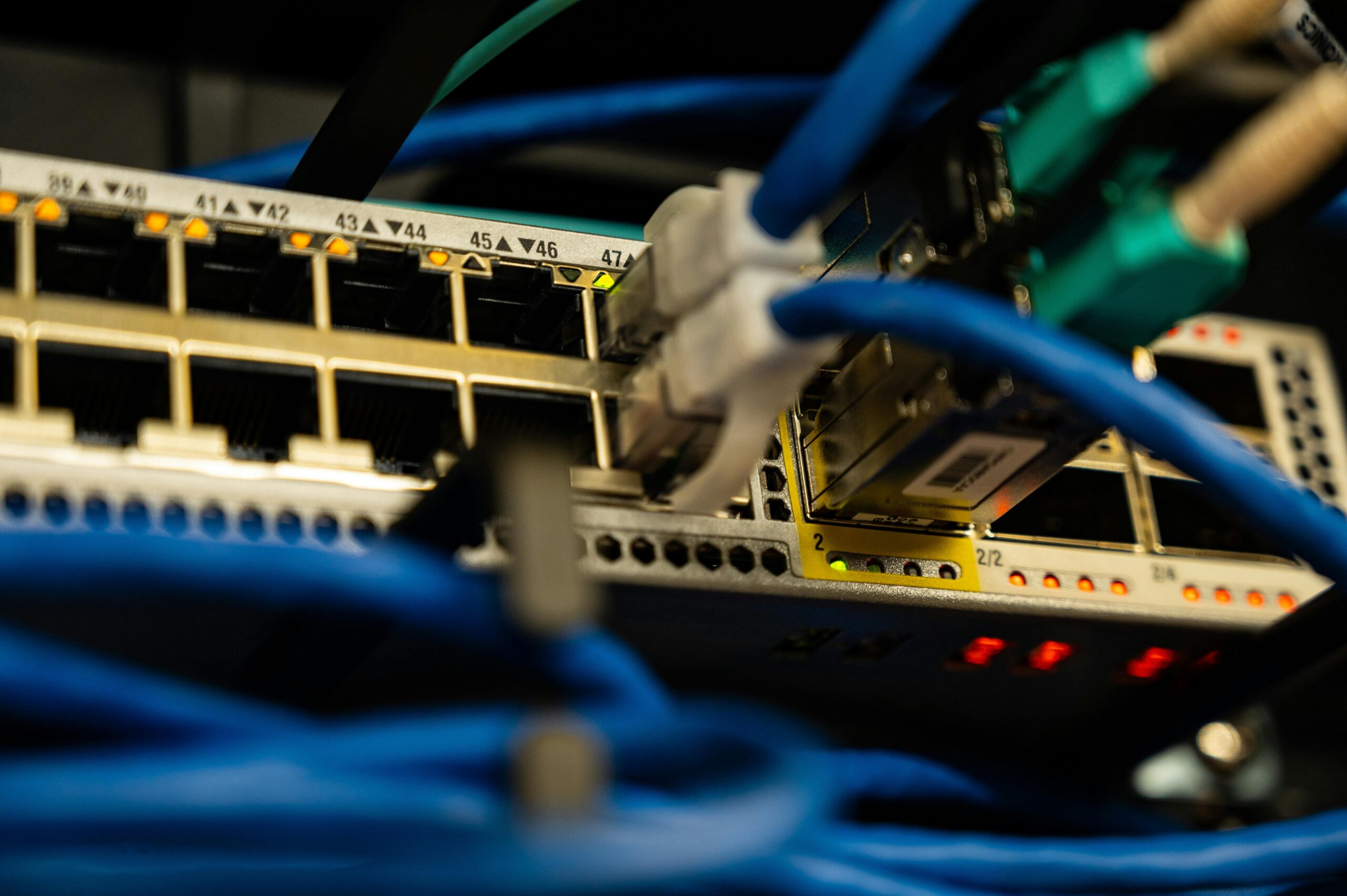Q. What is 802.11ac?
A. 802.11ac is a wireless LAN technology that offers a significant performance increase over its predecessor, 802.11n. The 802.11ac offers theoretical speeds up to 6.9 Gbps in the 5-GHz band, or 11.5 times those of 802.11n.
Q. What is the difference between 802.11ac Wave 1 and Wave 2?
A. Wave 1 products have been in use in the market for about 2.5 years. Wave 2 builds upon Wave 1 with some enhancements.
- Supports speeds to 2.34 Gbps in the 5 GHz band (up from 1.3 Gbps).
- Offers the option of using a fourth spatial stream for greater performance
- Supports multiuser multiple input, multiple output (MU-MIMO)
- Offers the option of using 160-MHz-wide channels for greater performance
Q. Why are there two 802.11ac “waves”?
A. The 802.11ac IEEE standard is being introduced to the market in a series of “waves” (releases) of new products and technology. The reason is that the capabilities in 802.11ac are numerous, and delivering them in waves allows the industry to take advantage of many without having to wait for all capabilities to be available.
Q. When can we anticipate 802.11ac Wave 2 products being available on the market?
A. Many industry analysts expect that the initial consumer-focused products providing Wave 2 support will become available by the end of 2016. Enterprise Wave 2 clients and infrastructure products will follow three to six months later. This is very similar to how the 802.11ac Wave 1 products were introduced to the market.
Q. Are Wave 1 hardware and Wave 2 hardware compatible with each other?
A. The short answer is no. 802.11ac Wave 1 required new hardware in both access points and client devices to deliver channel widths up to 80 MHz (256-QAM), and up to three spatial streams. The result was a maximum data rate of 1.3 Gbps, or about three times the top-end 802.11n. Similarly, Wave 2, requires new hardware in both access points and client devices to support the additional 802.11ac capabilities such as MU-MIMO, channel widths up to 160 MHz, and the potential for a fourth spatial stream.
Q. Will 802.11ac Wave 2 continue to support 802.11ac Wave 1 and other 5-GHz protocols?
A. Yes, 802.11ac Wave 2 access points will interoperate with 802.11ac Wave 1, 802.11n, and 802.11a client devices.
Q. What is MU-MIMO, and how will it help my network?
A. MU-MIMO stands for multiuser multiple input, multiple output, and is a brand new feature introduced with 802.11ac Wave 2. MU-MIMO support is required on both the access point and client device to work. It operates in the downstream direction, access point to client, and allows an access point to transmit to multiple client devices simultaneously. This differs from Wave 1, and previous single-user (SU)-MIMO, in which an access point transmits to a single client device at a time.
Q. Will clients require new hardware to take advantage of Wave 2 802.11ac?
A. Both access points and clients will require new hardware to take advantage of Wave 2 802.11ac. Going from 80 MHz to 160 MHz, and from SU-MIMO to MU-MIMO, are significant technical challenges. Wave 2 access points will be backward compatible with older clients from an interoperability standpoint. But the new enhancements will function only when access points and clients both support the new hardware.
Q. How will 802.11ac Wave 2 access points handle throughput greater than 1 Gbps?
A. The potential throughput of a wireless client is dependent upon a number of factors, including number of spatial streams supported, distance from the access point, quality of signal maintained between the client and access point, potential sources of interference and signal obstruction, and the quality of the client device and access point.
Q. What cable category will I need to connect an 802.11ac Wave 2 access point?
A. Customers will have a wide variety of cabling choices when connecting to Multigigabit Ethernet ports. Multigigabit Ethernet will provide support for up to 5 Gbps over Category 5e cabling and will still provide full PoE support – which is five times the throughput of existing Category 5e infrastructure. Multigigabit Ethernet will provide support up to 10 Gbps over Category 6a cabling, and will still provide full PoE Support.
| Cable Type | FE | 1G | 2.5G | 5G | 10G |
| Cat5e | Yes | Yes | Yes | Yes 100m | |
| Cat6 | Yes | Yes | Yes | Yes | Yes 55m |
| Cat6a | Yes | Yes | Yes | Yes | Yes 100m |
Q. Do I need to run 2 cables to each access point?
A. Bear in mind that industry claims of throughput capabilities exceeding 1 Gbps are correct from a theoretical standpoint. However, real-world client mixes will mean that backhaul will likely never reach 1 Gbps. We should consider greater than 1 Gbps backhaul with Wave 2 in very specific locations that have a low-density of high-end devices with very demanding bandwidth needs. That being said, the simple answer is this. While you may not require dual gigabit cabling to each access point, many organizations are future proofing their new designs by installing the additional cable to each access point regardless. Long term, there are definite needs for multigigabit cabling at the access point layer. Moreover, a single cable works against industry standards of allowing for not only growth, and new technology, but even at its base level, it does not allow for headroom for spikes in traffic and related surges of data. The generally accepted theory is that if we are spending money on cable infrastructure that we hope to last for up to 10 years or longer, it is desirable to maximize the investment in UTP and associated pathways.
Photo by Brett Sayles: https://www.pexels.com/photo/ethernet-cables-plugged-in-network-switch-2881224/



